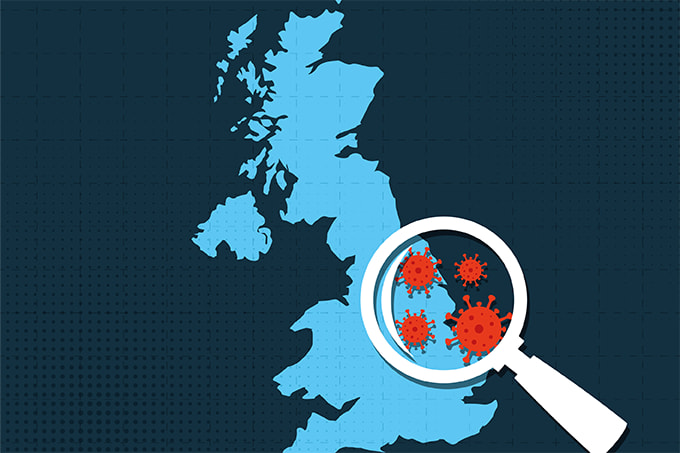Over the past two years, significant resources have mobilized to combat COVID-19. Though the debate over their distribution continues, many have begun to realize the larger issues at hand – such as assimilating overwhelming amounts of scientific data, communicating that data to those outside the field, and responding to the wealth of misinformation that muddied public debate.
When faced with a new threat, the public required clear, unambiguous messaging – but this was misinterpreted by some as a call to avoid nuance at all costs. That is not to criticize those working at high levels in public health; the problem was replicated in both scientific and non-scientific communities and at local, national, and international levels. Rather, it should be a source of reflection for us all. The public turned to the scientific community for advice and, lacking clear messaging, their trust in what we had to say diminished.

Clarity comes from confidence, but there is a difference between confidence and intransigence. To quote British journalist Matthew Syed, “Confidence in execution must be accompanied by humility in evaluation and proper scientific method in scrutiny of the data.” The science and policies devised by governments were too often presented as false dichotomies during the pandemic and policy was generally presented to the public as absolute and infallible, rather than the best possible decision given available data.
On an individual basis, it was tempting to rely on simple, highly visible efforts. Wearing a mask in all circumstances, piously sticking to your prescribed allowance of outdoor activity, and wiping down your shopping were much easier to encourage than high-value, complex interventions such as improving ventilation and modifying behavior to stay away from others to reduce the risk of infection. Vilifying people who dared to venture too far from their homes to take part in outdoor – and likely extremely low-risk – activities during various periods of restrictions was also counterproductive to maintaining public support. This all-or-nothing approach is perhaps best illustrated by the first order from the UK government not to meet anyone else, even outdoors. Derbyshire Police eagerly tweeted drone footage of “nonessential” walks in the countryside (1) and later rescinded fines handed out to members of the public (2). This was just weeks after the government had allowed hundreds of thousands of people to freely mix together at a horse racing festival.
Scientists were not immune to this need to see things in black and white either – particularly on social media, where polarity is encouraged and amplified. Debates over the correct PPE, transmission, and non-pharmaceutical interventions were frequently aggressive and overly simplistic, forming entrenched tribes that, even two years later, will consider no moves toward compromise. At a time when we should have been most aware of changing data and potential blind spots, we were too quick to solidify our views and ignore the threat of confirmation bias – dismissing evidence only when it did not support our positions.
If we are to use our experience of the past two years to better prepare for future health crises, then scientists and public health experts must work with economists and politicians to ensure balanced public health messaging. Local context, shades of grey, and uncertainties must be recognized and better communicated to inform the public, ward off the harmful misinformation that has plagued discourse, and protect individuals, at-risk communities, and livelihoods from the potential harms of future viral threats. Countries where communication was more nuanced, such as New Zealand, showed that the public can tolerate uncertainty as long as it is accompanied by honesty. Furthermore, rather than erode trust, we have seen that acceptance of nuance can, in fact, increase it.
It’s clear that public health information campaigns, education, and engagement can be productive; but, going forward, we need consistency and clarity when it comes to communicating the subtleties of a pandemic response. Maintaining the public’s confidence in science, the government, and vaccination efforts are all possible with greater transparency – and we must advocate for nuance within our field and encourage balanced debate and analysis so that it can percolate into the wider community.
References
- BBC, “Coronavirus: Peak District drone police criticised for ‘lockdown shaming’” (2020). Available at: https://bbc.in/3O0Cvn5.
- BBC, “Covid: Women fined for going for a walk receive police apology” (2021). Available at: https://bbc.in/3M2XLqC.




